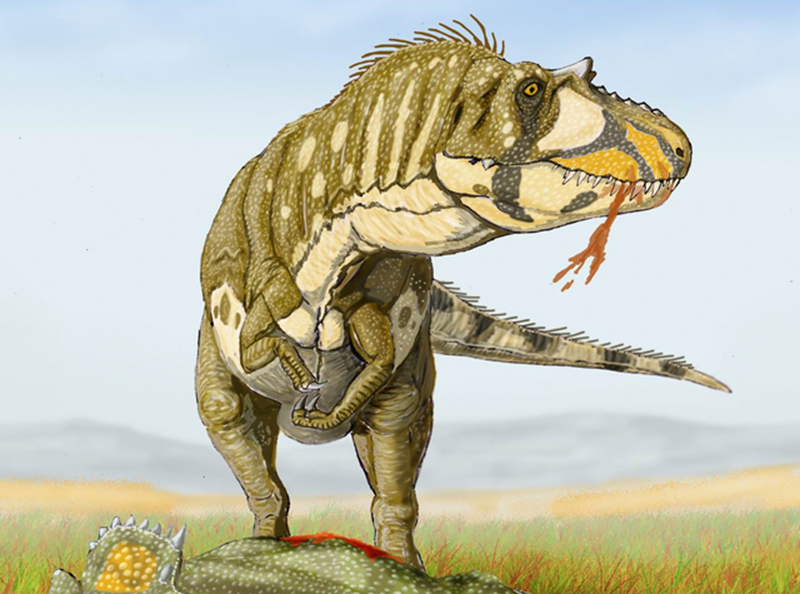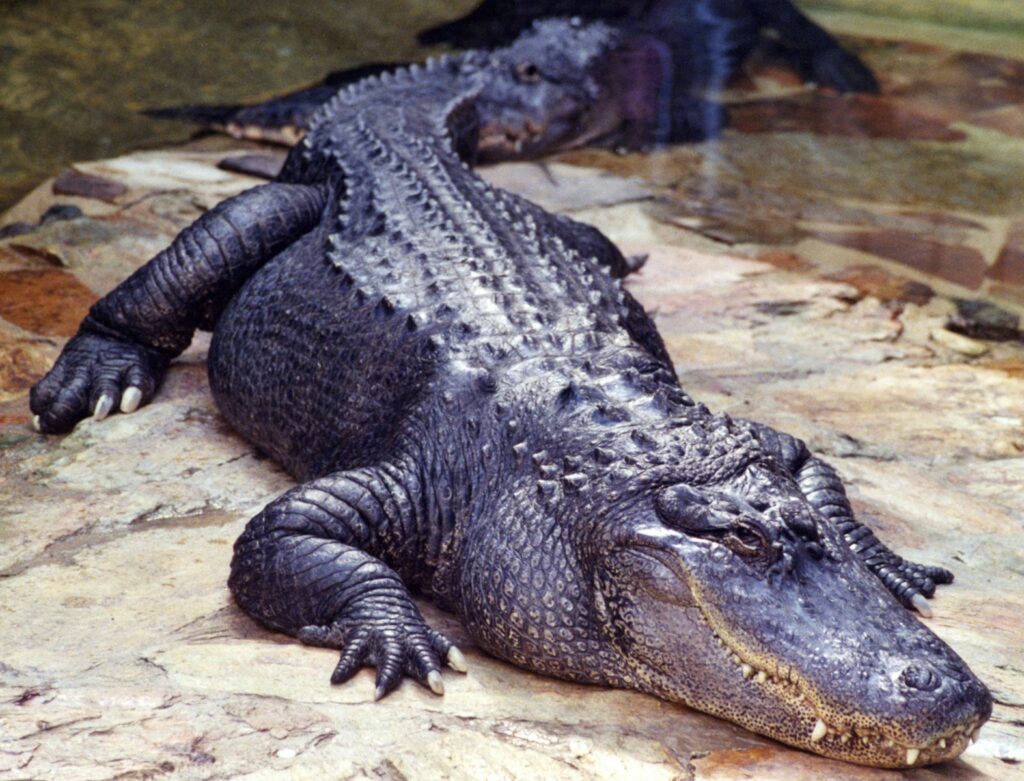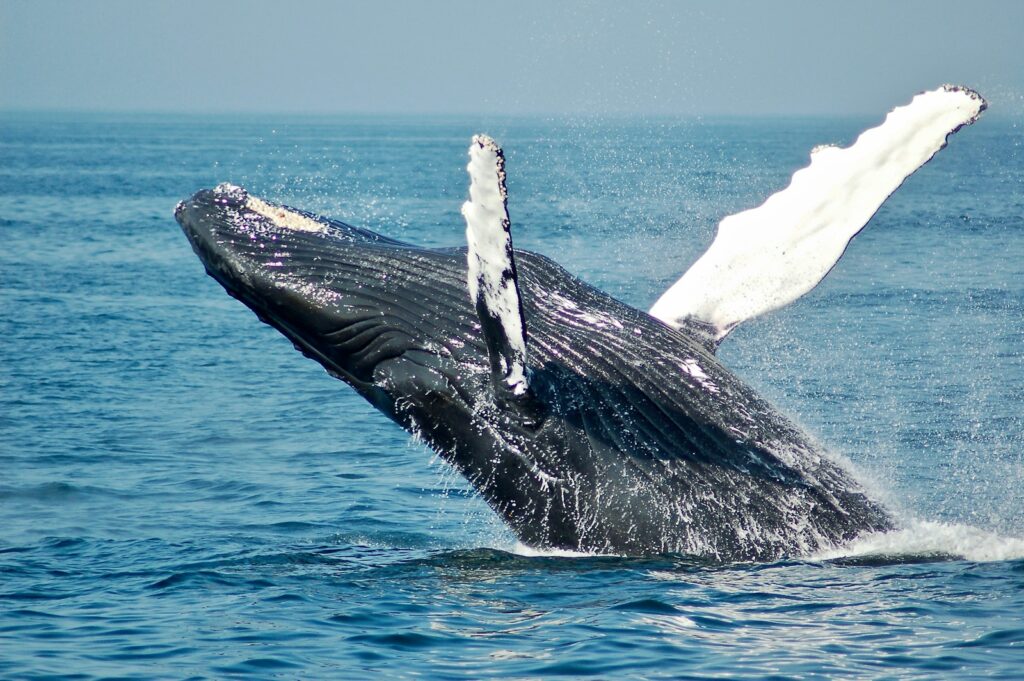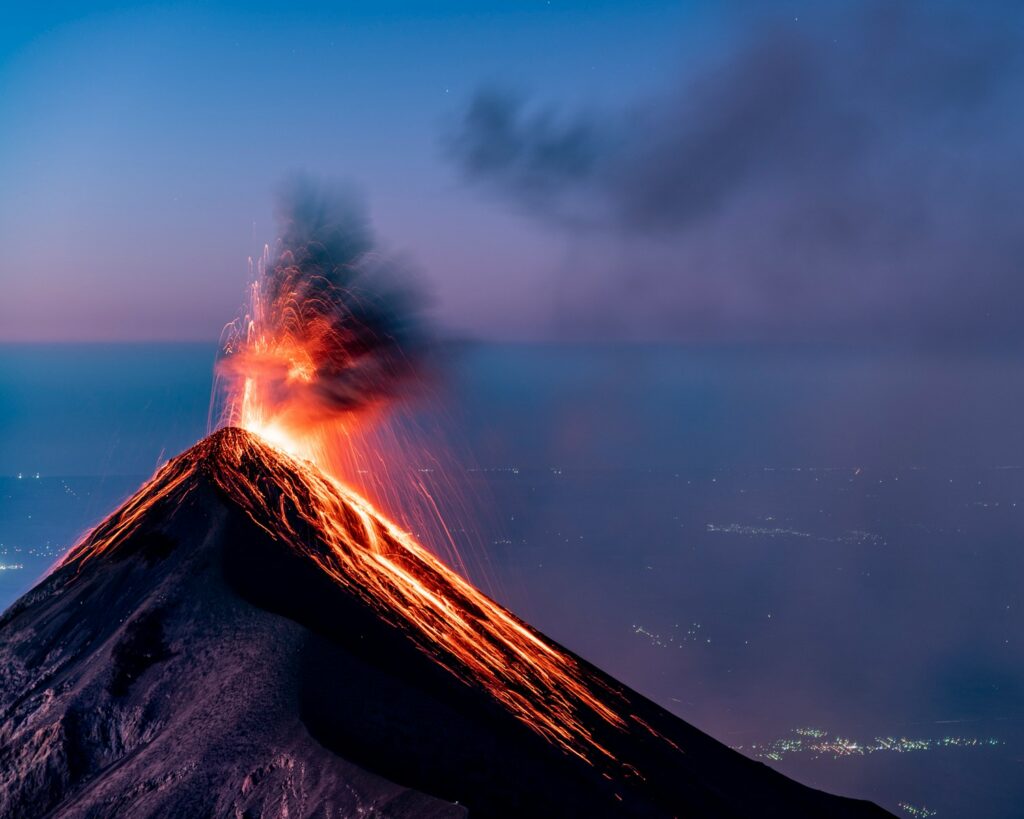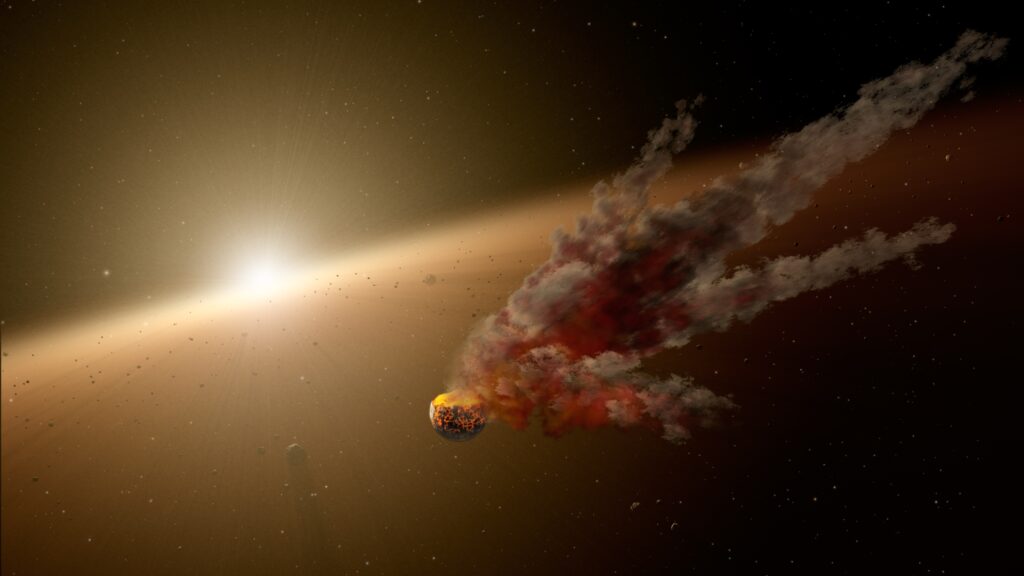What If Dinosaurs Had Invented Farming?
The idea of dinosaurs developing agriculture might seem like pure fantasy, but it offers a fascinating thought experiment about evolutionary pathways and intelligence. For 165 million years, dinosaurs dominated Earth’s ecosystems, evolving diverse species with varying levels of intelligence and social complexity. While no evidence suggests dinosaurs ever practiced agriculture, exploring this alternate evolutionary timeline ...

